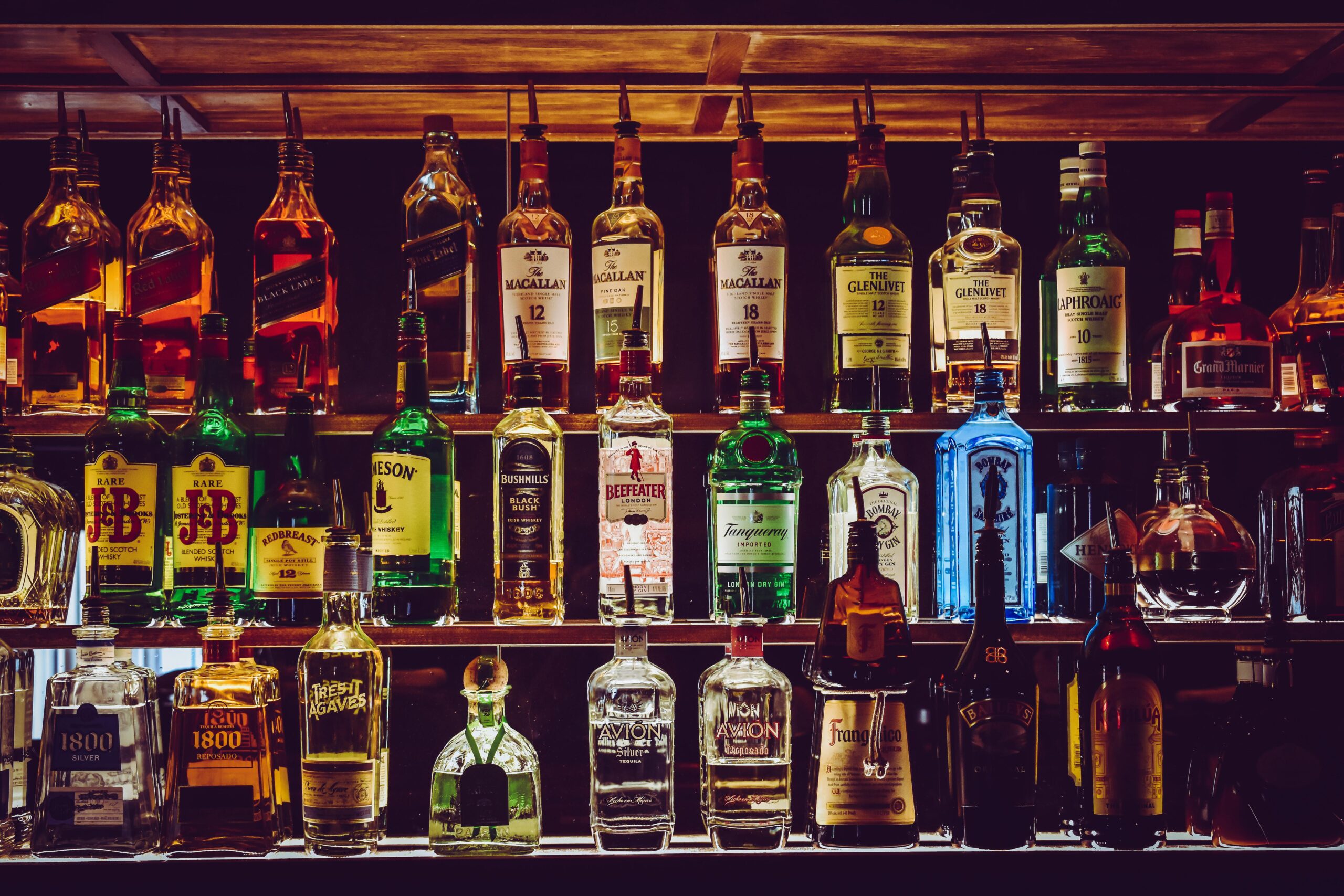Pricing and how a Grey Goose laid a golden egg
By: Ben Webb
Our first holiday argument started in London Heathrow’s duty-free shop before we had even gotten onto the plane to Ireland. In the vodka section, my wife and our two friends immediately selected Grey Goose, a super-premium vodka with a super-special price. I was shocked.
‘It’s French,’ I pointed out. ‘‘That’s like buying Dutch Guinness.’
‘Grey Goose is super-smooth,’ said one of the trio.
‘I love it,’ added a second.
‘What do you know about vodka?’ added the third. ‘We’ll need it for Bloody Marys… let’s get two bottles.’
But,’ I added, staring at the price: £29. ‘Why don’t we get proper vodka. Something Russian, Polish or Swedish. The Absolut is only two for £25…’
Democracy rules. I went to the bar and consoled myself with a pint of Stella Artois lager. How, I wondered, can a simple alcoholic drink that is notable for its lack of flavour command such a remarkable price premium? And why, if it is delicious, would one smother it in tomato juice, Worcester Sauce, Tobasco, and ideally, a dash of sherry?
Taste, it seems to me, has had little to do with the amazing rise of Grey Goose. The perception of its taste, perhaps, but not its intrinsic flavour. I’d love to know how Grey Goose fares in blind taste tests. A quick check online revealed that in one test, a cheap brand, Smirnoff, easily beat Grey Goose.
The psychological forces that underpin marketing success can be fascinating. Grey Goose has not just bamboozled my wife and our two friends. It is a global soaraway success.
The story starts with Sidney Frank, a poor farmer’s boy who grew up in rural Connecticut, was accepted into Brown University and dropped out because he couldn’t afford the fees. Frank, however, got his lucky break when he met and married a rich woman whose father owned a successful alcoholic drinks business. Frank made the most of his chance, learning about the trade before striking out on his own. One day, he spotted German immigrants drinking Jägermeister and had his first Eureka moment. Why not turn a niche oddball drink into the liquor of choice for hard-drinking college students?
Later, as America was turning towards lighter drinks and cool cocktails in the 1990s, a confidant Frank cast his eye over along the spirits shelf and decided to create his own vodka. Most marketers would have undercut the popular but expensive Absolut, an iconic brand with a beautiful bottle and price to match of about $17. But Frank had a very different idea. He realised the right price point – if brilliantly communicated – could be part of the brand’s wider story. His brand could stand out precisely because it was so expensive. Grey Goose, he concluded, would sell for $30 a bottle.
Frank knew–or intuitively believed–that consumers are not always rational when they value and buy a product. Objectively comparing the value of two brands is tough. Of course, brands – whether products or services – have an intrinsic quality, but there is so much more to the story. They also have an emotional impact that is impossible to quantify.
In addition, as consumers assume that a higher price means higher quality – and they are usually right about this – then paying the most is a guarantee of getting the best. If money is no object and they want the best vodka, then, well, it has to be Grey Goose. My wife and friends fell neatly into this category. We were going on holiday, after all!
But consumers are not stupid. Frank knew Grey Goose had to have a good story to support it. So in 1997, he sent his team to… wait for it… France. He did not contemplate Russia or Poland, the traditional homes of vodka. He wanted to buy into the refined skills of Cognac, a name synonymous with exclusive sophistication and hired distiller Francois Thibault to create the recipe.
A year later, Grey Goose was hailed as the ‘World’s Best Tasting Vodka’ by the Beverage Testing Institute in Chicago. The ad campaigns featured a new kind of vodka drinker. They were more upmarket and discerning. Some played golf, and others shucked oysters on beautiful yachts.
Frank’s gamble – if that’s what it was – paid off. Eight years later, he sold the brand to Bacardi for a cool $2 billion.
Stella Artois – Reassuringly expensive
As our flight began to board I took a sip of my pint of Stella and suddenly remembered another highly successful high-price based brand claim. Back in the 1980s, the UK was awash with ordinary lagers that competed for attention with claims about their capacity to quench thirst, their flavour and, of course, their price/value. The market was flat, but then Stella Artois suddenly added serious fizz with its bold and brilliant message. Stella: reassuringly expensive.
It was a golden age of advertising when marketers had big ideas, film budgets to match, and consumers loved it. Film directors like Ridley Scott and Alan Parker were honing their craft on ads. The line was written by Geoff Seymour – a Bentley-driving, Montecristo puffing, Saville Row-suited marketing legend – and the rest, as they say, is history. The campaign lasted a quarter of a century – from 1982 to 2007 – and included a long series of sumptuous short films that gently parodied French cinema, such as Jacques and the ice skating priests.
The message and its consistency were a winning combination. The Institute of Practitioners in Advertising (IPA) estimated Stella’s UK owners, Whitbread, enjoyed a 600% return on their £3.3m advertising budget.
As with Grey Goose, the campaign played psychological games. If Stella’s expensive, then we presume it will be better than its cheaper competitors. And if it’s better than it’s surely tastier and we’ll enjoy it more. And so, when we finally put the glass to our lips, we expect to enjoy it more… and so we do.
Or do we? I hear the last call for the flight. Finish the pint of Stella. And remember one more thing. The kicker to the Stella campaign is that it didn’t cost more than most other lagers. But the price claim and the wonderful supporting advertising campaign encouraged us to treat it as though it did. The price claim was a lovely idea that transformed our view of the brand.
Grey Goose costs more, and we love it. Stella doesn’t cost more, and we love it. Conclusion? Price plays a fascinating and flexible role in any brand story.
Want to turn your product into the next premium success story? Let’s talk.



